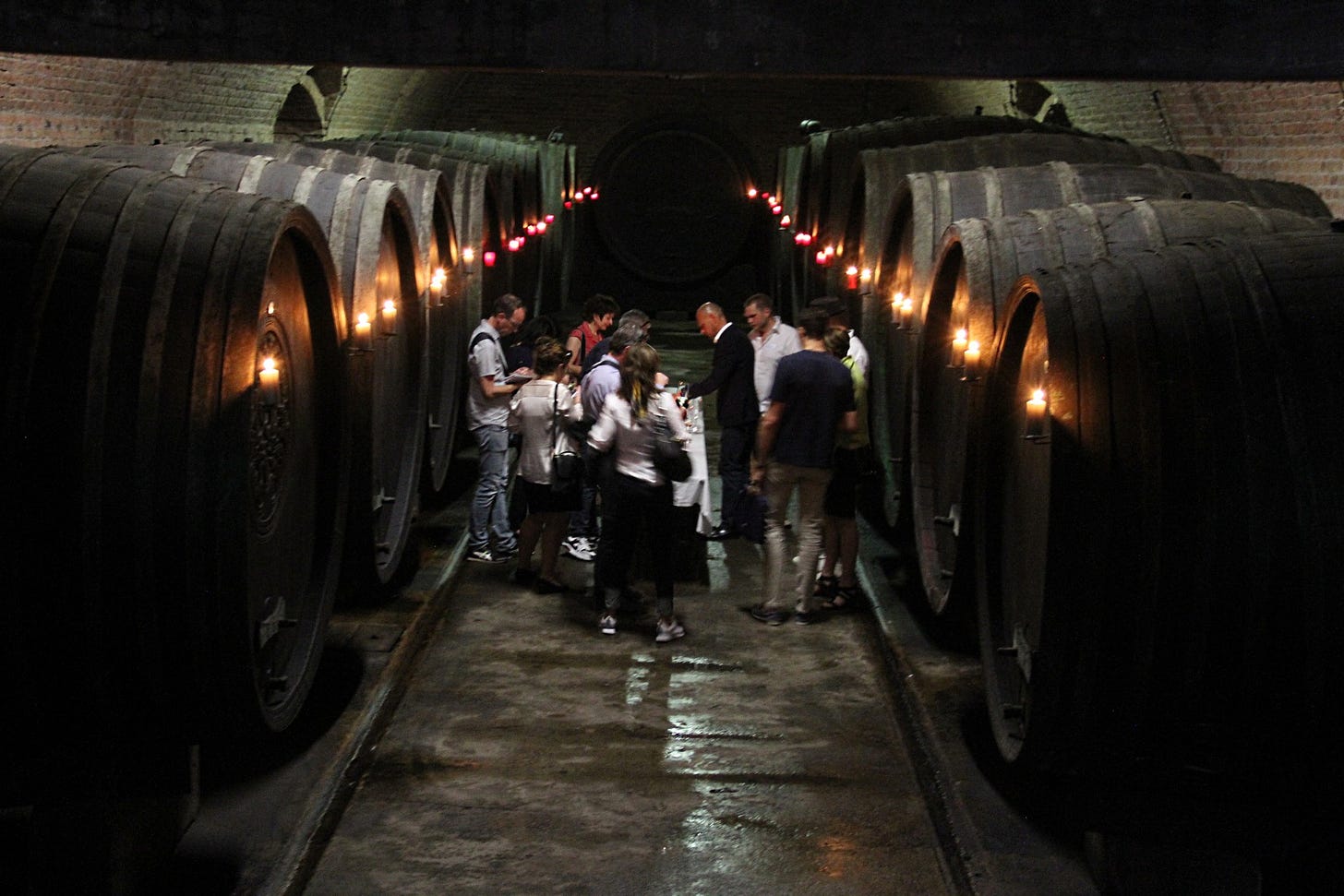Gebeshuber Zierfandler - best at 70 years old?

When Johannes Gebeshuber purchased a failing cooperative winery in the heart of Austria’s Thermenregion, his spoils didn’t just include 25 hectares of old vines and a beautiful vaulted cellar. He also became the guardian of an extraordinary wine library, with bottles produced by the Gumpoldskirchenergenossenschaft going back to 1948.
Johannes is a genero…
Keep reading with a 7-day free trial
Subscribe to The Morning Claret to keep reading this post and get 7 days of free access to the full post archives.



